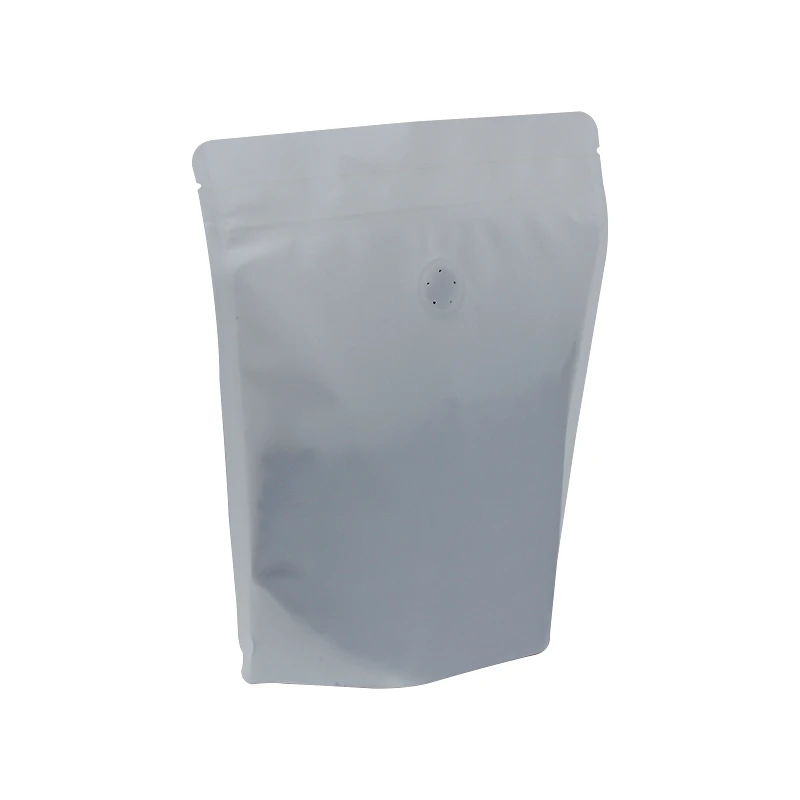Email: enid@bc-pak.com
Tel: 86-757- 88811186
- Afrikaans
- Albanian
- Amharic
- Arabic
- Armenian
- Azerbaijani
- Basque
- Belarusian
- Bengali
- Bosnian
- Bulgarian
- Catalan
- Cebuano
- chinese_simplified
- chinese_traditional
- Corsican
- Croatian
- Czech
- Danish
- Dutch
- English
- Esperanto
- Estonian
- Finnish
- French
- Frisian
- Galician
- Georgian
- German
- Greek
- Gujarati
- haitian_creole
- hausa
- hawaiian
- Hebrew
- Hindi
- Miao
- Hungarian
- Icelandic
- igbo
- Indonesian
- irish
- Italian
- Japanese
- Javanese
- Kannada
- kazakh
- Khmer
- Rwandese
- Korean
- Kurdish
- Kyrgyz
- Lao
- Latin
- Latvian
- Lithuanian
- Luxembourgish
- Macedonian
- Malgashi
- Malay
- Malayalam
- Maltese
- Maori
- Marathi
- Mongolian
- Myanmar
- Nepali
- Norwegian
- Norwegian
- Occitan
- Pashto
- Persian
- Polish
- Portuguese
- Punjabi
- Romanian
- Russian
- Samoan
- scottish-gaelic
- Serbian
- Sesotho
- Shona
- Sindhi
- Sinhala
- Slovak
- Slovenian
- Somali
- Spanish
- Sundanese
- Swahili
- Swedish
- Tagalog
- Tajik
- Tamil
- Tatar
- Telugu
- Thai
- Turkish
- Turkmen
- Ukrainian
- Urdu
- Uighur
- Uzbek
- Vietnamese
- Welsh
- Bantu
- Yiddish
- Yoruba
- Zulu
coffee pack
Views :
Update time : Feb . 19, 2025 01:15
Coffee packaging can significantly influence consumer decisions, playing a crucial role in the purchase experience. A well-designed coffee pack is more than just a container; it's an ambassador for the brand, offering key information, ensuring freshness, and advocating sustainability. For the discriminating customer and the everyday coffee drinker alike, the choice of one pack over another can reflect deeply personal preferences for the product’s presentation, the brand’s values, and its commitment to quality.
The efficacy of a coffee packaging strategy also depends heavily on its capability to preserve the product’s quality from the point of production to consumption. Choices around material and design must be made with an understanding of the delicate nature of coffee beans — which can lose their flavor profile rapidly if not stored correctly. Aluminum-lined bags or those with one-way valves, for example, allow gases to escape without letting air in, maintaining the bean's freshness and taste. Innovative coffee packaging solutions, such as smart packs utilizing QR codes or augmented reality experiences, are also gaining prominence. These technologies can elevate consumer interaction by providing them with augmented experiences. By scanning a code, customers can access detailed information regarding the coffee’s journey from farm to cup, engage in virtual tours of coffee plantations, or even get brewing tips. Such initiatives highlight a brand's expertise in leveraging technology to enhance consumer engagement and education. Finally, coffee packaging should reflect a company’s overall brand strategy and marketing objectives. It should encapsulate the company’s vision and mission succinctly, effectively turning every purchase into a brand narrative experience. Companies with a strong coffee heritage often use packaging to tell stories about their legacy, connecting emotionally with consumers who value brand history and authenticity. In conclusion, a coffee pack is a multifaceted component of the coffee-buying experience, embodying experience, expertise, authoritativeness, and trustworthiness. By effectively balancing these elements, brands can create a powerful marketing tool that resonates with consumers on various levels. As new packaging technologies and sustainable practices evolve, the future of coffee packaging will continue to grow more dynamic, making it an exciting time for both brands and coffee aficionados.


The efficacy of a coffee packaging strategy also depends heavily on its capability to preserve the product’s quality from the point of production to consumption. Choices around material and design must be made with an understanding of the delicate nature of coffee beans — which can lose their flavor profile rapidly if not stored correctly. Aluminum-lined bags or those with one-way valves, for example, allow gases to escape without letting air in, maintaining the bean's freshness and taste. Innovative coffee packaging solutions, such as smart packs utilizing QR codes or augmented reality experiences, are also gaining prominence. These technologies can elevate consumer interaction by providing them with augmented experiences. By scanning a code, customers can access detailed information regarding the coffee’s journey from farm to cup, engage in virtual tours of coffee plantations, or even get brewing tips. Such initiatives highlight a brand's expertise in leveraging technology to enhance consumer engagement and education. Finally, coffee packaging should reflect a company’s overall brand strategy and marketing objectives. It should encapsulate the company’s vision and mission succinctly, effectively turning every purchase into a brand narrative experience. Companies with a strong coffee heritage often use packaging to tell stories about their legacy, connecting emotionally with consumers who value brand history and authenticity. In conclusion, a coffee pack is a multifaceted component of the coffee-buying experience, embodying experience, expertise, authoritativeness, and trustworthiness. By effectively balancing these elements, brands can create a powerful marketing tool that resonates with consumers on various levels. As new packaging technologies and sustainable practices evolve, the future of coffee packaging will continue to grow more dynamic, making it an exciting time for both brands and coffee aficionados.
Recommend products
Read More >>
Related News
Read More >>













